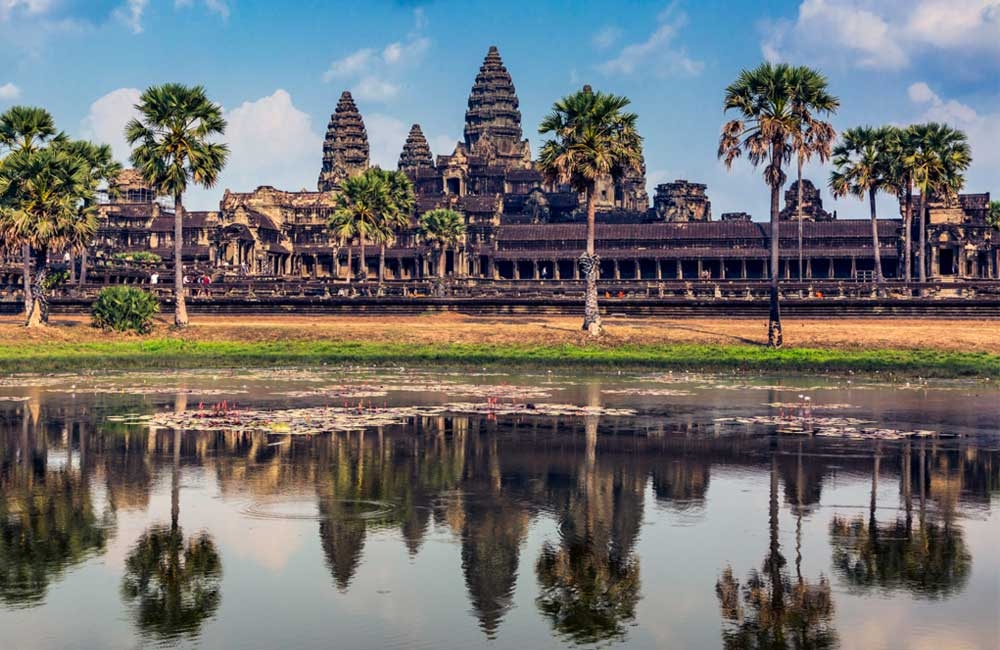Guide to Angkor Temples: Before you visit Angkor Wat, here’s what you need to know
If you are planning a trip to Southeast Asia, you cannot miss Cambodia and its temple complex, Angkor Wat. This is the largest Hindu temple and one of the most impressive archaeological treasures in the world declared a World Heritage Site by UNESCO.
Angkor Wat is the best example of the might of the Khmer Empire, the civilization that controlled Southeast Asia during the Middle Ages. The settlement of Angkor, and more specifically Angkor Wat, was the political and religious center of this empire. It is therefore a true treasure from the archaeological point of view that will allow you to immerse yourself in the depths of this culture.
In addition, it is the main attraction of this country and is visited by thousands of tourists per year. But how much does it cost to visit Angkor Wat?
How much is Angkor Wat entrance fee?
There are three different types of tickets or packages to access the Angkor temples that vary depending on the number of days you want to visit the complex. The one-day tickets cost US$ 37 per day, the 2/3 day ticket US$ 62, and the one-week pass (7 days) US$ 72. Keep in mind that they are sold at the main window of the entrance and only accept payment in cash (with Cambodian Riels and the US Dollar). Once you pay, they take your photo and give you your ID pass.
Related post: Guided Angkor Wat Sunrise
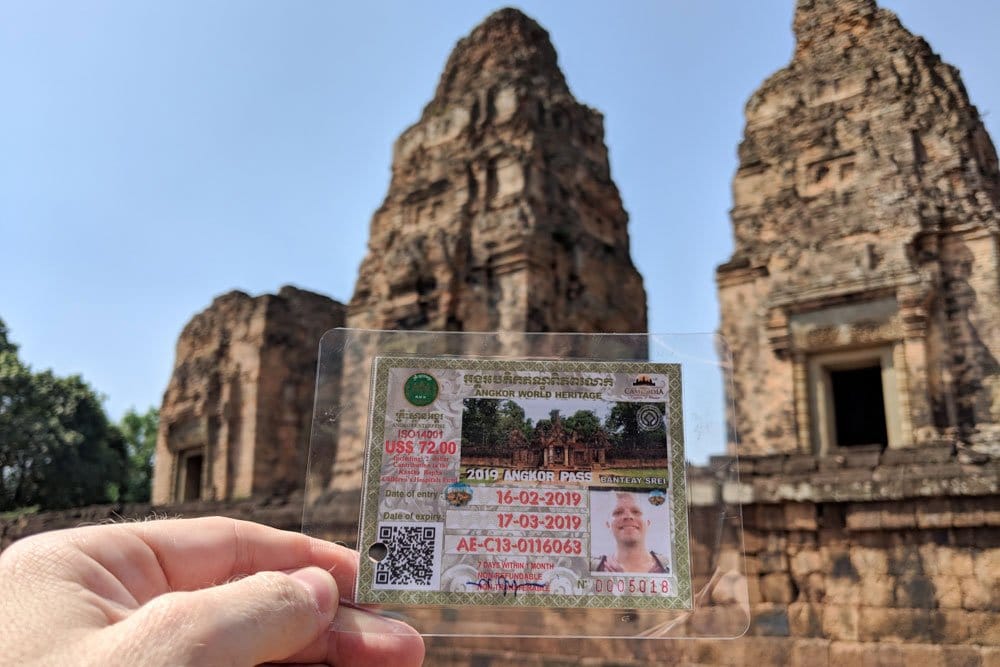
Where is Angkor Wat situated?
Angkor Wat is located in Cambodia, just 6 kilometres north of Siem Reap, a popular resort city and the usual base for visiting Angkor Wat. While the main site of Angkor Wat is spread over 402 acres, the Khmer ruins are scattered throughout all of Cambodia.
Best time to visit Angkor Wat
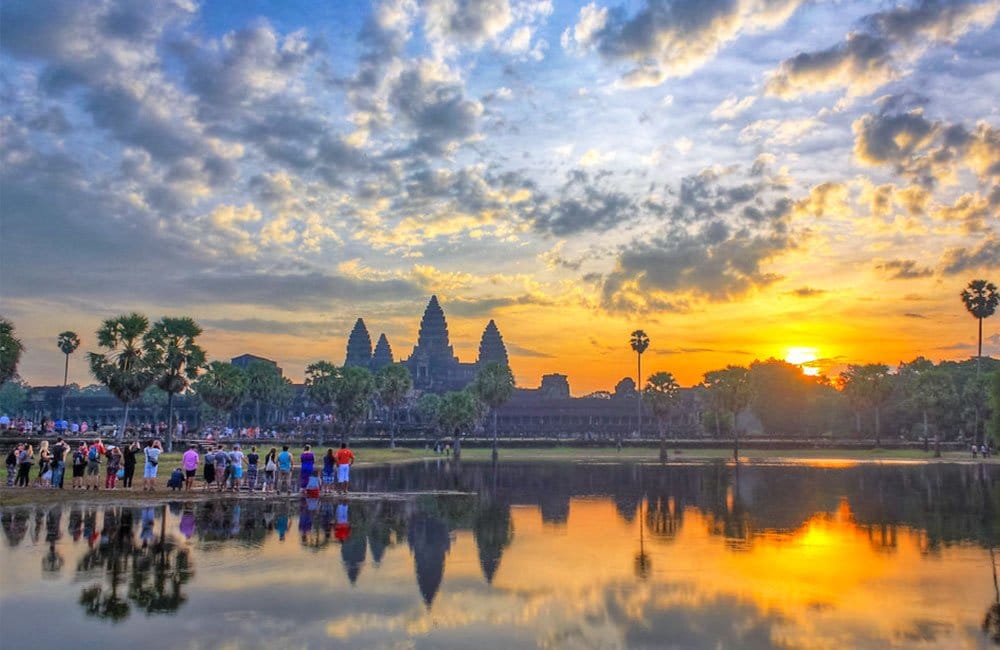
The complex is open from 5 in the morning (so you can enjoy the sunrise which is really impressive) until 6 in the afternoon. In general, they don’t close at 6 PM and if you have a ticket for the next day you can stay a little longer to enjoy the best sunsets in Southeast Asia.
There are two circuits to explore Angkor: the short one, which has an extension of 17 kilometers and the long one, 26 km. There are many people who do the short tour on the first day, and during the following days, they continue visiting the largest and most important temples. These circuits are only a guide, but there are hundreds of other temples that are not within these tours and, if you have time, they are worth visiting.
Be careful, visiting all the temples takes time, the complex is huge, so take the time to avoid wanting to see more. Ideally, buy the 3-day pass, see each temple calmly and take the opportunity to learn about the history of the place.
If you are short on time, the temples that you have to visit are Angkor Wat, Angkor Thom and Ta Prohm temple. Angkor Thom is a temple that is made up of many figures with human faces that look like something out of a movie. At Ta Prohm, you will find trees embedded within the stones or trees that grew around the temples.
Recommended tour: Bike the Angkor Sunrise
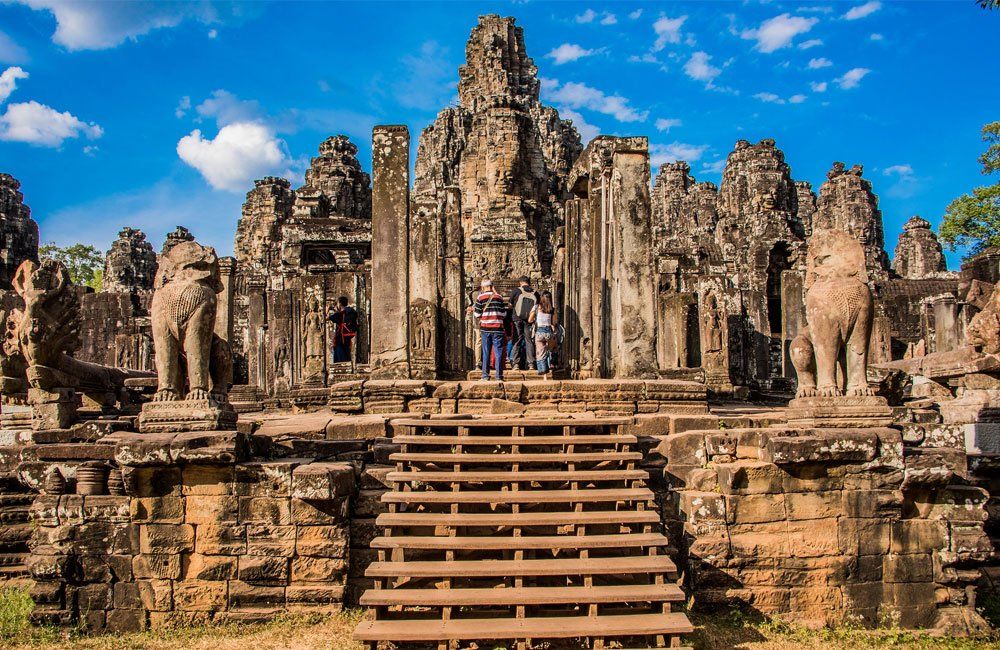
How to get to Angkor Wat from Siem Reap?
To get to Angkor Wat, you will first need to get to Siem Reap and start the ruins early the next day. The main site of Angkor Wat is close enough to the city to be reached by bike. For those more enthusiastic about cycling, we recommend one of our cycling tour to Angkor Wat temple.
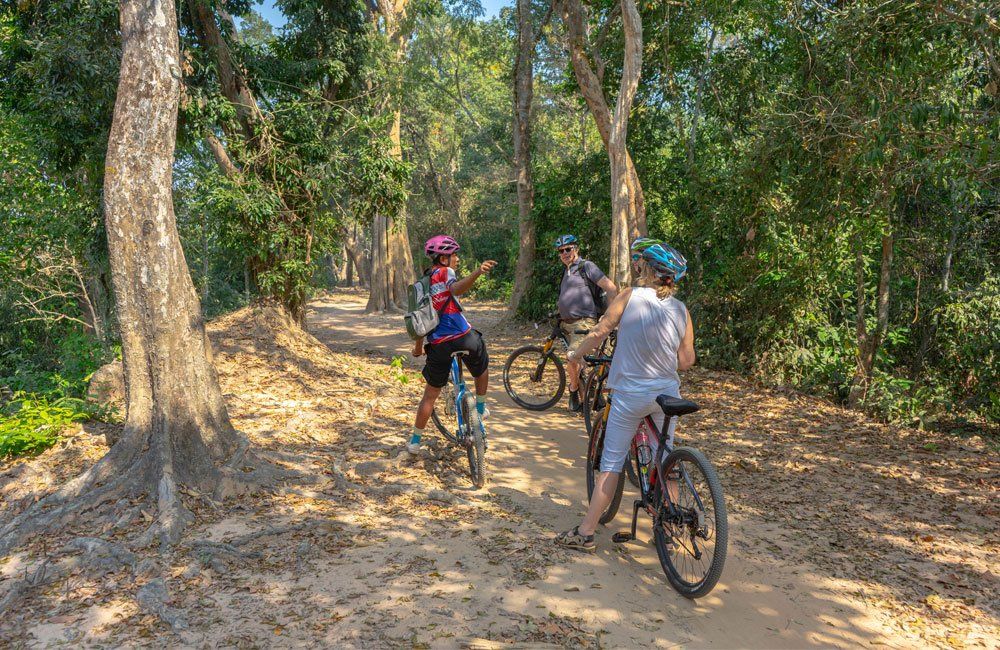
Do I need a tour guide or should I visit it alone?
It is definitely best to hire a guided tour to visit Angkor Wat. Siem Reaper Tours are designed by locals and founded on the immersive power of local experiences and the hidden attractions of the Angkor complex. If you gather a group of more than 8 people, we will put you on a private group tour (includes lunch and they pick you up at your hotel).
However, It is a good option to visit the Angkor National Museum first, this place will explain the origin of the temples, their history, when and how they were built, and their purpose.
Travel Articles
Read the local stories, and get travel advice from our Travel Specialist. We have lived through our experience and wanted to bring first hands-on exploration through the local insider.
